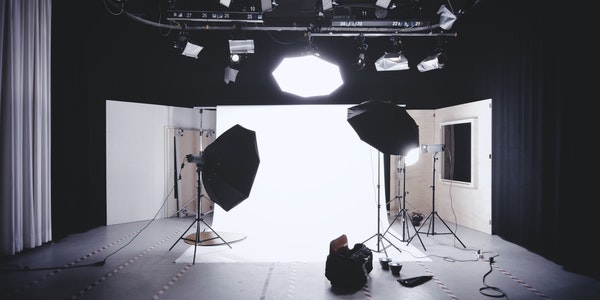Table of Contents
Rembrandt effect:
a standard cinematic lighting technique derived from some Rembrandt paintings. A three-quarters forward light is used to create a triangle patch spot on the shadow surface of the familiar face. The supplementary light and auxiliary light are added to achieve the standard three-point lighting effect. The light and shadow are matched to form a certain pattern with the shading effect and the shading contrast method.
Rough lighting:
an experimental, initial lighting layout that will be refined when the actor’s position is finalized and the camera’s position is also determined.
Flow fill:
Works with tracking and moving shots. The light is either fixed to the camera, or the camera is on a mobile car, or clamped with a device. The idea is that wherever the camera goes, the filling follows. With reference to obies such as astigmatism fixed on the camera, they can be used as general filling for any lens.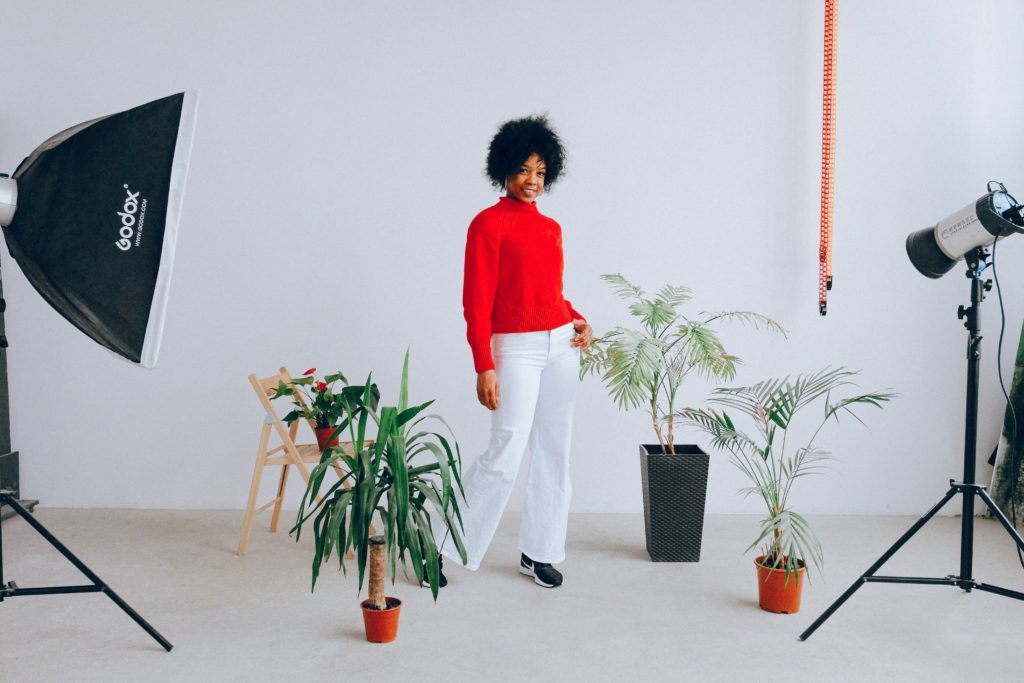
Half silhouette:
a foreground image that is underexposed by about two apertures, usually against a bright background. Similar to silhouettes, except that the actors are not completely black.
Scene light:
light used to illuminate part of the scene, usually the background. Same as background light.
Side main light:
main light from the side of the camera / subject axis. Lighting the front face with the camera height side main light is a classic lighting layout. The lighting splits the face in two with a vertical shadow.
Silhouette:
Illuminating a white background 5 or more apertures brighter than the subject and dimming the background can form a familiar black outline on the white background.
Soft light:
Object / background ratio: the object / background ratio indicates the difference in intensity, which is expressed by the ratio between the object plane and other planes, mainly the background plane.
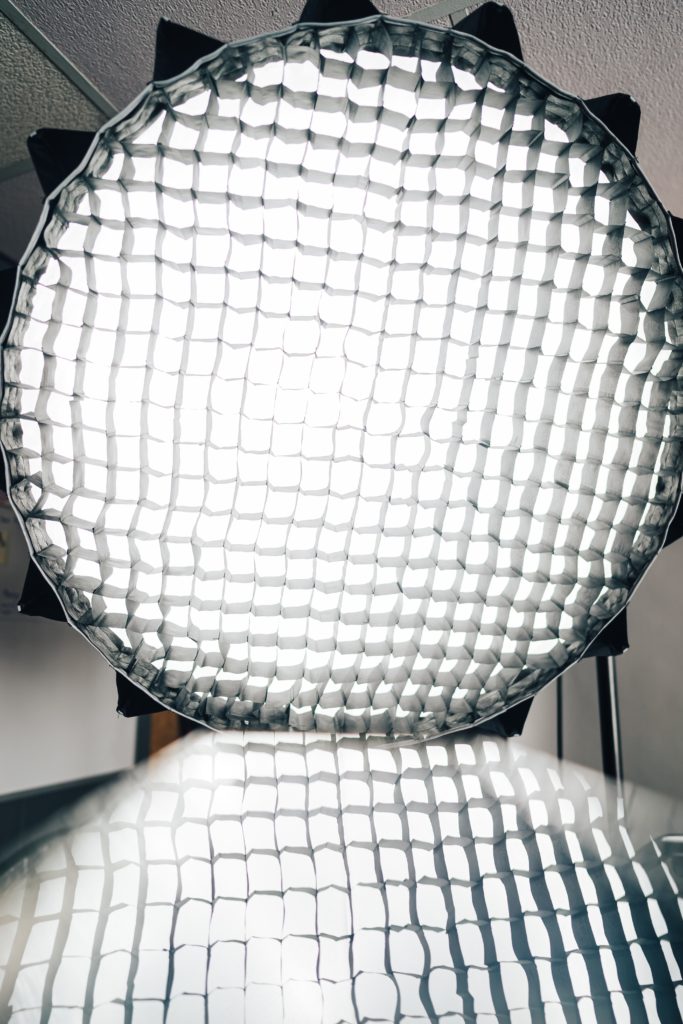
Three point lighting:
three quarters of forward main light, supplementary light and auxiliary light are combined to form a triangle for actor’s lighting, which is called three-point lighting. The term is also used to refer to any combination of main light, supplementary light and backward light.
Three quarters forward main light:
it is a favorite main light position in the classic Hollywood lighting style. It is located at an angle of about 45 ° above and produces a common triangular patching light on the shaded surface of the face.
3 / 4 backward main light:
it is the back version of 3 / 4 forward main light. It is a dramatic and emotional main light, which is often used for outdoor shooting at night. When hard light and black film or blockbuster film are used, three-quarters of the back main light is the best.
Underexposure: underexposure
occurs when the brightness range of the subject is arranged too low on the characteristic curve. It makes the resolution of the dark tone insufficient, and the scale of the bright tone wasted. The total effect of underexposure is dull.
Interval 5 exposure:
the incident light type light meter is designed as interval 5, gray, reflectance 18% points, converted to the intermediate density on the characteristic curve. This is called interval 3 exposure. Exposure according to interval 5 will make the other two intermediate intervals 4 and 6, high brightness intervals 7 and 8, and low brightness intervals 2 and 3 fall on their corresponding density points.
The interval 5 exposure reproduces the black facial tones as interval 4, the brown facial tones as interval 5, and the white facial tones as interval 6. For details, please refer to Intermediate Density Point, Gray, Reflectance and Partition System.
Partition system:
Eleven levels constitute the basis of the partition system proposed by Ansel Adams. The gray level is related to the brightness and density of the negative film, but the final performance is the change of the tone on the screen.
Function
The main light is the light of the main subject, which forms the direction of the light source and the logical complement of lighting scheme, mood and shape. It supplements the main light by weakening the density of shadows, and is mainly used for human face.

Back light and contour light supplement main light and supplementary light. It emphasizes and separates actors and objects from the background to make them have a three-dimensional sense.
The background and set lights illuminate the background at an intensity proportional to the main light. Special lights, including eye light and head light, are used to fine tune the layout. The main light is the most important light source that affects the shooting. It establishes the direction of lighting and the originality of light source. Five important positions: forward, three fourths forward, lateral, three fourths backward and backward. These designs result from a simple angle of 45 ° with reference to the camera / subject axis.
When a forward light is placed at the height of the camera or a little higher, direct lighting does not emphasize the deepest, forming a two-dimensional feeling. This forward lighting minimizes the effects of wrinkles, lines and other markers on the face.
In some main light position, soft light is the best, side main light is an example. Lighting the front face with the camera height side main light is a classic lighting layout. The lighting splits the face in two with a vertical shadow.
The light from the back direction can automatically produce a dark and emotional effect for a person with the main light from the back direction, which is very useful for the interior and exterior scenes at night.
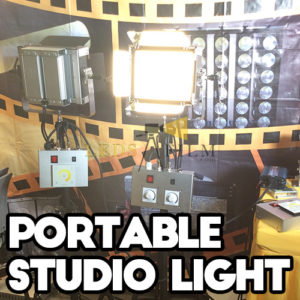
Incident light: the light that illuminates an object, measured in foot candle.
Reflected light; the light we see and the light used to expose film
Reflectance the percentage of light reflected by an object. Brightness: the amount of light reflected, measured in feet Lambert
Object illumination range: the ratio of the highest and lowest effective brightness values of the object
Partition system is a kind of “language”, which enables us to make a more accurate oral description of the influence changes. Learning partition system not only enables us to imagine the lighting effect in advance, but also provides us with a method to analyze, understand and discuss the film image according to its brightness arrangement.
Such a language can be used to discuss the relationship between the change of tone and the characteristic curve and the image on the screen. This kind of language is the (zone system) incidence method, which has been used in the field of photography for a long time. The reflection method is carried out by measuring the reflected light from the subject to the camera and the brightness range of the subject.
Overall impression:
in order to achieve the visual style, we need to use a strong, high-profile, brilliant, appropriate color saturation and larger depth of field impression.
Subject / background ratio: the ratio effect will vary with the scene, but low ratio is rarely used to get that high-profile, shiny look.
Exposure: arrange the brightness range of the subject on the characteristic curve of the negative film to ensure that the density increment of all brightness from black to white is proportional to the brightness increment of the original subject. Overexposure: it means that the brightness range of the subject is arranged too high on the characteristic curve.
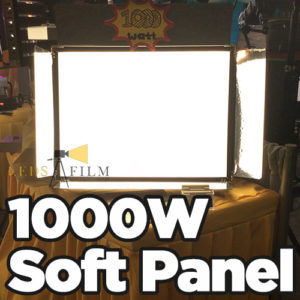
Underexposure occurs when the bright spot range of the subject is arranged too low on the characteristic curve, which makes the resolution of the dark tone insufficient and the scale of the bright tone wasted.
Illumination contrast ratio refers to the comprehensive comparison of all the above ratios, and it is also the comparison between the highest value and the darkest value. Object illumination ratio (illumination ratio) refers to the first ratio above, the ratio between the light surface and the shadow surface of a subject. “Contrast ratio”, “illumination ratio” and “fill ratio”. Phiilip court uses “illumination ratio” and “illumination contrast ratio”. Anton Wilson used “illumination rate”.
The subject / background ratio range refers to the second ratio listed above. The difference of illumination intensity is expressed by the ratio between the object plane and other planes (mainly the background plane). Also known as “ritsko,” “Miller,” and “court.”.
Over illumination means that too much light is used, especially for the actors, too much supplementary light and outline light, and the tendency to use too high intensity light for the background.
